What Is a Constructivist Classroom?
This post may contain affiliate links.
There is plenty of research to prove, that constructivist education is the best way for learners to learn. Research (see my bibliography below) shows that constructivist learning is congruent with how the brain learns.
Constructivist education is when learners actively construct meaning by building on background knowledge, experience and reflecting on those experiences.
Said in another way, constructivist learning is when “learners are given the freedom to think, to question, to reflect, and to interact with ideas, objects, and others—in other words, to construct meaning.” –Brooks and Brooks.
It’s “the idea that development of understanding requires the learner to actively engage in meaning-making.” – Brader-Araje & Jones (2002)
I’ve made a little comparison chart to make it more clear.
| (1950s?) Old-School Classroom | Constructivist Classroom |
| Teacher directed (didactic dissemination of information) | Learner-centered. Teacher as facilitator – students construct knowledge through critical thinking, manipulatives, primary resources, and hands-on activities. |
| Student works independently. | Student works collaboratively in groups, independently or in partners. |
| Small parts first. Big idea at the end. | Big idea first. All parts support big idea. |
| Correct answers are the goal. | Thinking and support of thinking are the goals. |
| Assessments are tests; separate from learning task. | Assessments are observation, conferences, daily work, portfolios and included in learning tasks. |
| Worksheets, workbooks, basal readers. | Books, journals, real-world situations, workshop approach. |
| Teacher evaluator. | Self-reflection, student evaluator and teacher evaluator. |
| Product based learning: All students will learn on demand the same thing at the same time aka. One-size-fits-all approach. | Process based learning: Learners create meaning and context by exploring new ideas and experiences, generating hypotheses, problem solving. |
| Teacher talks to (at) students; students expected to listen and absorb knowledge. | Teacher-student dialogue through conferring, questioning, and wondering. |
| Teacher makes all the decisions. | Shared responsibility and decision making. |
| Students answer questions. Empowered teacher. | Students ask questions. Empowered learner. |
| Individual learners. | Community of learners. |
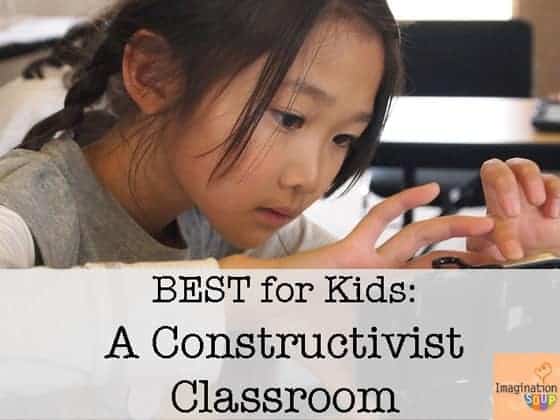
Let me give you a few examples.
Let’s say the learning goal is to learn how to recognize main idea from details.
An old-school classroom might provide the children with worksheets and multiple choice answers after a whole group lesson on the overhead with the teacher presenting the information.
A constructivist classroom would start with a mini-lesson where the teachers asks the kids about going to a birthday party at a familiar place such as Build-a-Bear. She might ask the class, what is the most important thing and what are some details? The teacher would write down the students’ responses on a large chart in two columns (big idea /details ) and as the learners respond encourage their thinking, ask for clarification, ask more questions, add some of her thinking. Then, the teacher would ask the learners to think about different scenarios such as big idea at dinner or big idea at shopping. Then, she’d show how to apply this to reading which they would tackle as a group. After that, the learners would get to apply and practice in their own self-selected books – using sticky notes to write down details or main idea, probably only one of the two until that concept is mastered, then switch. (Or work in collaborative groups with a shared text.)
Do you see the difference between the two classrooms?
Or, what if your learning goal is to introduce meaning in poetry?
An old-school (some call this traditional) classroom teacher would read the poem to the group or have the students round-robin read. (Gack – don’t EVER do this! Round Robin reading = no comprehension happening!) Then, she would ask for the learners what the poem means. THERE WILL BE A RIGHT ANSWER: the poem means that spring is renewal or something of the sort.
A constructivist teacher will read the poem and stop and share her own thinking outloud. “Reading this part about the hard dirt makes me think of trying to plant bulbs last year and I couldn’t dig very deep because the ground was frozen.” The teacher shows how reading poetry connects to her prior knowledge and makes her visualize. She then will ask them to read the poem and practice making connections to their own prior knowledge. Then, she’ll have them partner share – so everyone gets a turn to talk. If she asks what the poem means, and she may not, she’ll accept any answer that shows the student constructed meaning from the poem and his or her background knowledge.
Teachers, what do you see happening in your own classroom that you can share which illustrates how you help students construct knowledge?
Parents, what do you see (or not see) happening in your child’s classroom with regards to a constructivist approach to learning?
Resources:
Christie, A. (2005). Constructivism and its implications for educators. http://alicechristie.com/edtech/learning/constructivism/index.htm
Clarkson, B., & Brook, C. (n.d.). I can’t understand why I didn’t pass: Scaffolding student activities.
Grennon Brooks, J., & Brooks, M. G. (1999). In search of understanding: The case for constructivist classrooms. Alexandria, VA: Association for Supervision and Curriculum Development.
Honebein, Peter. C. (1996). Seven goals for the design of constructivist learning environments. In Wilson, Brent. G. (Ed.). (1996)
Thirteen Ed Online (2004). Constructivism as a paradigm for teaching and learning. http://www.thirteen.org/edonline/concept2class/constructivism/index.html
Zemelman, Daniels, & Hyde. (1998) Best Practice New Standards for Teaching and Learning in America’s Schools.
(also, anything by Vygotsky)
* ![]() Some rights reserved by flickingerbrad
Some rights reserved by flickingerbrad
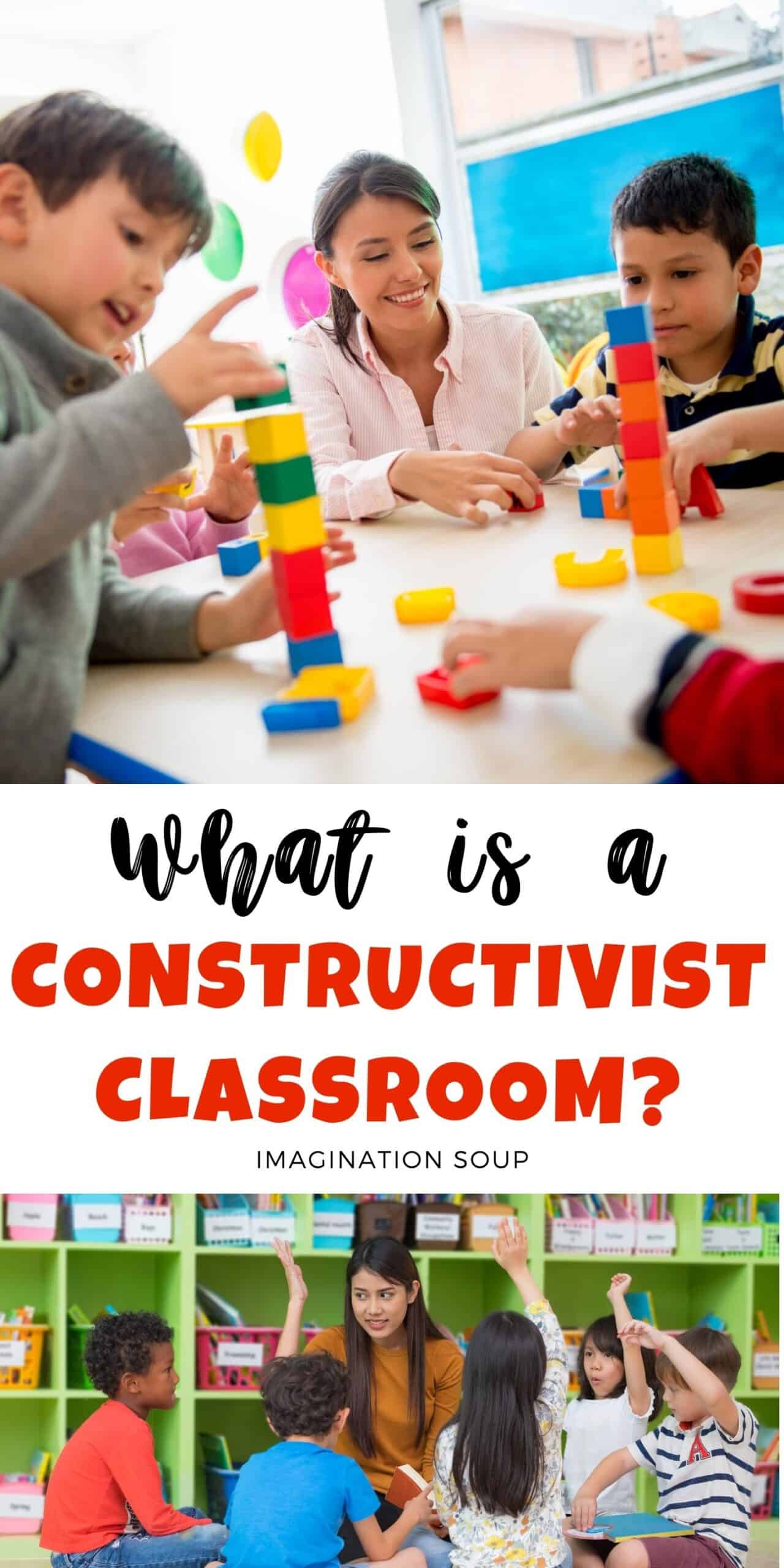
The walls in an exemplary (constructivist) second grade classroom
What Makes an Excellent Teacher?
Convergent vs. Divergent Thinking (What is the Difference?)


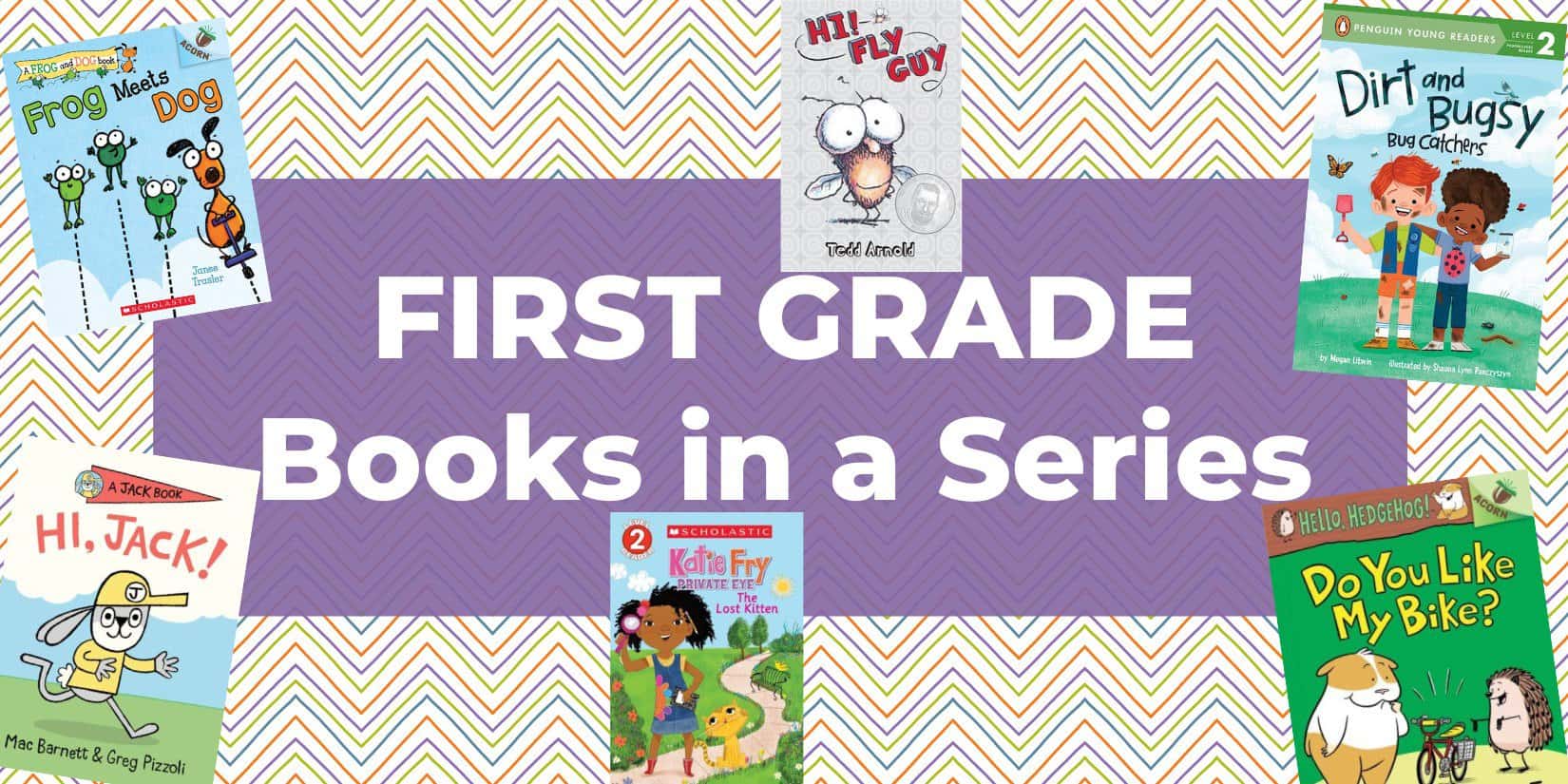


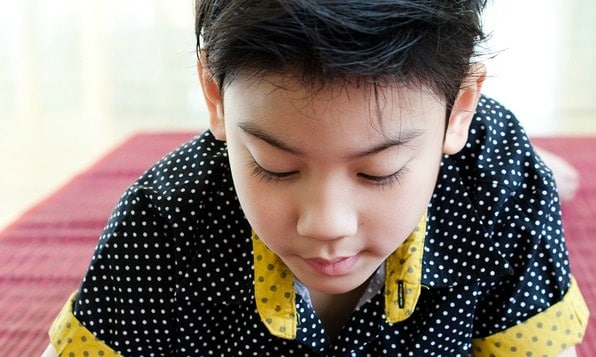
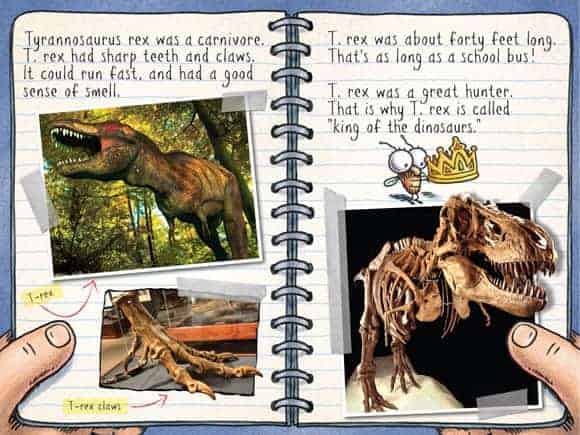
Constructivism IS A SCIENCE, it is based on the socio psico genese des savoirs, the neural poda of psinaptic activity is an interest research , it shows that constructivism is really superior in a lot of ways to metholdologies, it is not a methode.
We have 12 years of research in diferent methodologies in education with children since 2 to 12 years old, included the constructivist art and science of education, as an epistemologie..
Thank you for such a wonderful post!! I am currently trying to write a paper for my 4th year curriculum class on why I think a constructivist approach would fit a certain grade (I’m thinking I’ll do primary). This was a HUGE help!! Thanks again!
Melissa,
Thank you for the articulate, well-founded and yet concise explanation of constructivism. This is a powerful and pertinent conversation with many young minds and… lives …at stake. In addition to supporting your stance, I’d like to add, in regards to Candice’s concerns, that this type of instructional approach is exactly what allows for “differentiation” of instruction –that is, that instruction meets each unique learner’s needs and strengths. It is not about waiting until a child ‘opens his own inner gifts’ but rather, an environment of learning that is intentional and well facilitated.
In practice, by empowering students to “own” their learning community (with support for HOW to do that!) they take shared responsibility for how the classroom functions. Then, teacher is able to work with small groups to attend to specific instructional points. Direct instruction occurs apporpriately in a meaningful context. With intentional teaching and differentiation, no one is overlooked and each child constructs, with guidance, understandings about him or herself and others through the process together.
In addition, it is important that the school have a curriculum and instructional time that is thoughtfully structured so that the most important learning is assured within time boundaries (see Guaranteed and Viable Curriculum, McREL).
A constructivist approach allows ALL learners to benefit and to share in the creation of their own learning experiences in a context of rigor and relevance.
Thank you again for opening this important conversation!
One more thing– what I also like is that it focuses on the WHOLE child: on empathy, on community and the environment, as well as academics.
I concur with Ronda–My daughter has been learning in a Montessori environment for the past four years (kindergarten-3rd grade). It’s very much focused on asking questions, critical thinking, and being creative, not rote repetition.
The teachers provide lessons, but they are very much like facilitators and guiders vs. lecturers. What it instills is a curiosity and love for learning for the sake of learning (not getting an “A”).